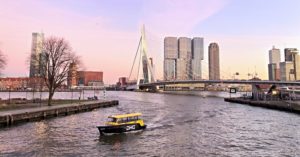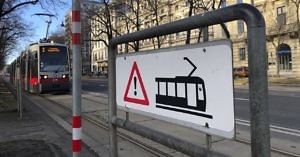An up and coming biotech not at JPM

New Horizons in CAR-T cell therapies
One important area we are going to focus more on in 2024 is exploring promising up and coming early stage biotechs not yet at the JPM Healthcare conference.
After all, big Pharma companies will be looking to either acquire private biotechs outright or license their clinical stage assets, replenishing pipelines before possible IPOs make them too expensive as a convenient strategy for bolt-on deals.
We have already seen how the IRA changes are driving a switch from oral molecules to iv compounds such as ADCs of late, but what about cell therapies?
In this example, the company have come up a creative CAR-T cell therapy strategy, the first of which is heading into the clinic this year, plus they have a raft of others swiftly following on and currently being put through their preclinical paces.
What do we mean by creative?
Here they a exploring a number of key targets not named CD19/CD20/BCMA or even GPCR5D. In other words, they’re quite different from the usual CAR-T fare. Some of these were considered tricky in the past, yet by pursuing different scientific angles a viable strategy can result.
It’s time to explore new horizons and opportunities in this niche and discuss where might things be headed?
To continue reading our latest highlights on oncology new product development including commentary and analysis BSB subscribers can log-in or you can click to access the content.
This content is restricted to subscribers

 In a few years time the next generation CAR-T cell therapies are going to look and behave very differently from the somewhat crude versions we use in the clinic today, making them more akin to the homemade wooden go-carts of our misspent youth.
In a few years time the next generation CAR-T cell therapies are going to look and behave very differently from the somewhat crude versions we use in the clinic today, making them more akin to the homemade wooden go-carts of our misspent youth.





 In a world where academic medicine is increasingly the domain of sub-specialists, as it is in many professions, it was refreshing to see the organizers of the meeting think ‘outside the box’ and offer the opportunity to hear speakers you wouldn’t typically expect at a meeting organized by hematology focused organizations.
In a world where academic medicine is increasingly the domain of sub-specialists, as it is in many professions, it was refreshing to see the organizers of the meeting think ‘outside the box’ and offer the opportunity to hear speakers you wouldn’t typically expect at a meeting organized by hematology focused organizations.